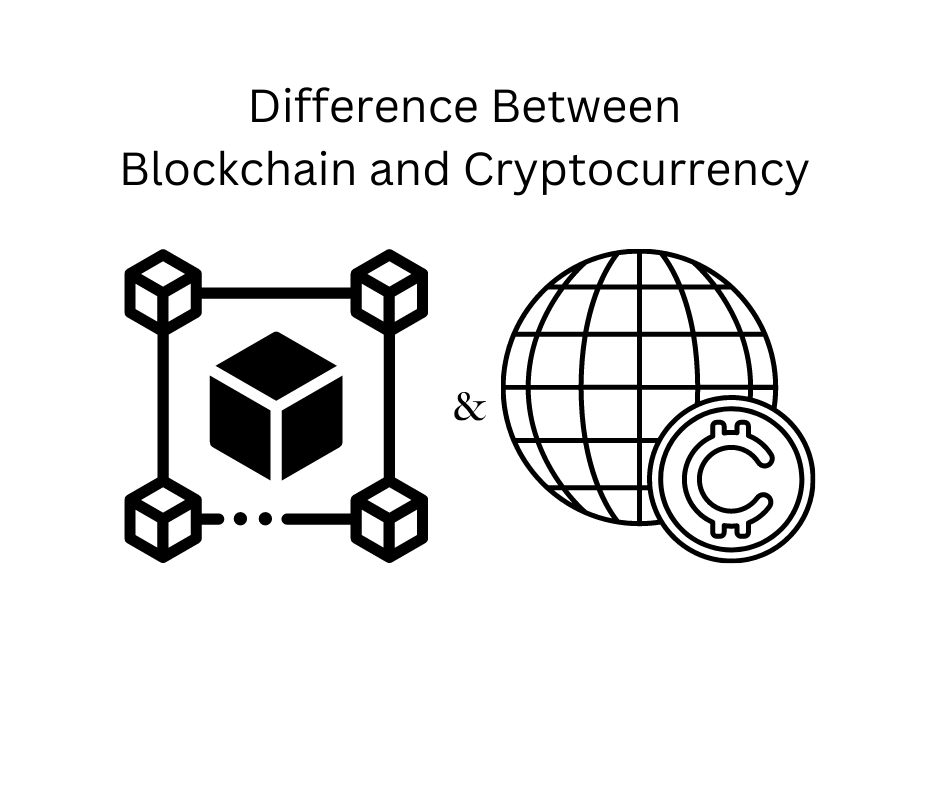Chưa có sản phẩm trong giỏ hàng.
Chưa phân loại
what is the market cap of all cryptocurrencies
What is the market cap of all cryptocurrencies
Here at CoinMarketCap, we work very hard to ensure that all the relevant and up-to-date information about cryptocurrencies, coins and tokens can be located in one easily discoverable place https://casino-888.org. From the very first day, the goal was for the site to be the number one location online for crypto market data, and we work hard to empower our users with our unbiased and accurate information.
The first chain to launch smart contracts was Ethereum. A smart contract enables multiple scripts to engage with each other using clearly defined rules, to execute on tasks which can become a coded form of a contract. They have revolutionized the digital asset space because they have enabled decentralized exchanges, decentralized finance, ICOs, IDOs and much more. A huge proportion of the value created and stored in cryptocurrency is enabled by smart contracts.
Welcome to CoinMarketCap.com! This site was founded in May 2013 by Brandon Chez to provide up-to-date cryptocurrency prices, charts and data about the emerging cryptocurrency markets. Since then, the world of blockchain and cryptocurrency has grown exponentially and we are very proud to have grown with it. We take our data very seriously and we do not change our data to fit any narrative: we stand for accurately, timely and unbiased information.
Are all cryptocurrencies based on blockchain
Blockchain comprises four components. The first is a peer-to-peer network, which is accessible to everybody. This is essentially what the Internet provides us with now. We require this network in order to converse and share information with one another remotely.
Blockchain and cryptocurrency are two of the most revolutionary innovations of the 21st century. If you’re reading this, you’re probably curious about how these technologies work, how they impact the world, and how they might shape the future of finance and technology. In this article, I will dive into the details of blockchain and cryptocurrency, explain their connection, and explore the broader implications they have on our lives.
Cryptography is the second component. This is the process of encrypting data and changing it to an unreadable format that only someone who knows the secret key can read or decrypt. This technology, which uses a complex public and private digital key system, safeguards cryptocurrencies like Bitcoin.
Blockchain comprises four components. The first is a peer-to-peer network, which is accessible to everybody. This is essentially what the Internet provides us with now. We require this network in order to converse and share information with one another remotely.
Blockchain and cryptocurrency are two of the most revolutionary innovations of the 21st century. If you’re reading this, you’re probably curious about how these technologies work, how they impact the world, and how they might shape the future of finance and technology. In this article, I will dive into the details of blockchain and cryptocurrency, explain their connection, and explore the broader implications they have on our lives.
What are all the cryptocurrencies
Almost. We have a process that we use to verify assets. Once verified, we create a coin description page like this. The world of crypto now contains many coins and tokens that we feel unable to verify. In those situations, our Dexscan product lists them automatically by taking on-chain data for newly created smart contracts. We do not cover every chain, but at the time of writing we track the top 70 crypto chains, which means that we list more than 97% of all tokens.
The first chain to launch smart contracts was Ethereum. A smart contract enables multiple scripts to engage with each other using clearly defined rules, to execute on tasks which can become a coded form of a contract. They have revolutionized the digital asset space because they have enabled decentralized exchanges, decentralized finance, ICOs, IDOs and much more. A huge proportion of the value created and stored in cryptocurrency is enabled by smart contracts.
The UK’s Financial Conduct Authority estimated there were over 20,000 different cryptocurrencies by the start of 2023, although many of these were no longer traded and would never grow to a significant size.






